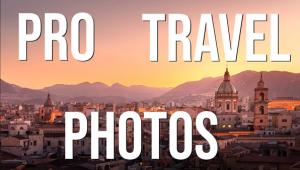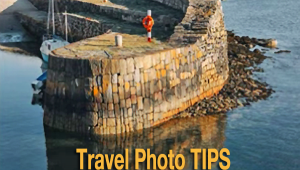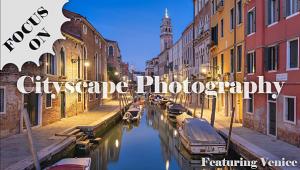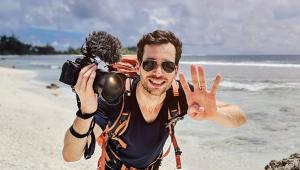Travel Photo Tips: You Can Capture Great Travel Photos Right In Your Own Backyard
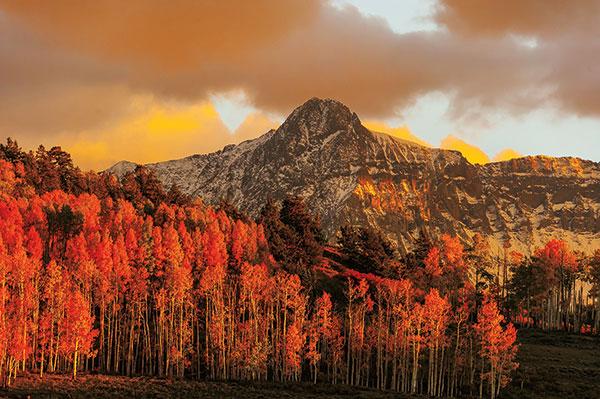

All Photos © Blaine Harrington
You might say that images from distant, exotic locations are the stock and trade of a professional travel photographer, and certainly in my case you’d be mostly right. Those images pay off commercially and artistically, and when I can make them in places I’ve never before visited, they provide the added satisfaction of exploration and discovery.
But I said “mostly right” because I don’t have to travel far in order to find great photo opportunities. Some of my favorite images have been made in my home state of Colorado along the San Juan Skyway, where I see spectacular views right from the car window and short hikes reveal the grandeur of 14,000-foot peaks, historic former mining towns, and, not the least, Mesa Verde National Park.

All Photos © Blaine Harrington

Repeat As Necessary
The Skyway offers so many attractions and photographic possibilities that I’ve photographed along the loop route many times over the years, driving it in both directions by car and motorcycle. It’s taken me over four mountain passes, through the Dallas Divide, into two national forests and several climate zones. The loop can be driven in about seven hours, but there’s so much to do along the way that I often spend two days, with an overnight in either Telluride or Ouray. If I have more time, I add in day trips to explore Mesa Verde and another day for the Durango & Silverton Narrow Gauge Railroad Train.
Another attraction of the trip is the abrupt change in landscape that it offers, from edge-of-the-desert vistas to high-peak-mountain-range views. In addition, it’s a route for all seasons, revealing beauty year-round (though I’ve got to tell you that autumn in Colorado is unbeatable).
I’m pretty sure that most photographers will find close to their homes photogenic possibilities perfect for a day trip, a weekend, or a longer excursion. For some, an in-your-own-backyard photo essay self-assignment can be terrific preparation for planned long-distance travel.


Planning It Out
Even for a short trip, fairly close to home, I’ll always check weather maps and weather reports for the areas I’ll be visiting. I don’t expect 100 percent accuracy, but even a general idea of what to expect is worth the minimum effort. After checking the forecasts for a week in advance, if I don’t see good weather predicted for at least half the time of my visit, I’ll delay the trip if I can. I also do my homework to make sure I know what to expect from even the closest-to-home locations because there’s always a chance that research will reveal something I was unaware of.
You might expect that travel close to home means traveling light, but I don’t recommend it. I know that the gear I don’t bring will be the gear I end up needing. If you’re traveling by car, there’s no reason not to bring along whatever you might need.
I always carry two camera bodies, and my standard lens lineup includes three zooms—14-24mm, 24-70mm, and 70-200mm—plus a 10.5mm or a 15mm fisheye lens, or both. The lenses, which tuck into the pockets of my Lowepro Technical Belt, cover the focal lengths I’ve learned I need. Why fisheyes? For their dramatic perspective, their ability to set a scene with style and surprise, and the fact that with them I can go wider than most of the competition.
I also carry two flash units, which I don’t use very often but I definitely want with me when fill flash for a face or a flower will be exactly what’s needed to make the shot work. And I bring along a tripod, even though my cameras’ high ISO capabilities will easily handle low-light, high-shutter-speed, handheld situations. I pack it all, even when the trip includes the hassles of air travel. I’m not much into lightening the load; I’m into getting the pictures.


Finding Different Views
I look for the unfamiliar on my trips to exotic, faraway places. Close to home, I may also find the unusual subject or scene, but most likely nearby trips will offer me the challenge of picturing the familiar in different ways. That’s when vantage point, lens choice, close-ups, backlighting, and long exposures can come into play. It doesn’t hurt to find out how a subject I always shoot with the 24-70mm lens will look when I frame it with the 70-200mm. I’m always interested in exploring how I can make something look different.
Earlier I mentioned that I’d driven the San Juan Skyway many times. The fact that I know I can and likely will revisit an area takes the pressure off. I don’t feel that I have only one chance to get all the photos I’d like to get.
Related to multiple shooting opportunities is the fact that for me, great locations don’t come with “stand here for best shot” instructions. It often takes me a lot of effort to get into position for the image I want. I don’t work a scene to find a vantage point; it’s usually the other way around. I absolutely know what I want the photo to look like, and I’ll get into the position that will give me that look. Once there, I’ll do variations—different lenses, different camera settings, a few steps in different directions—but the image in my mind almost always dictates my position, and I will go to whatever trouble it takes to get that image. If the picture’s up a tree, I’m going to go up that tree.
Long trip or short, to a faraway exotic locale or to a nearby place totally familiar, outstanding travel photos are out there, and any road will take us to them.

A selection of Blaine Harrington’s images can be viewed at his website, www.blaineharrington.com.




